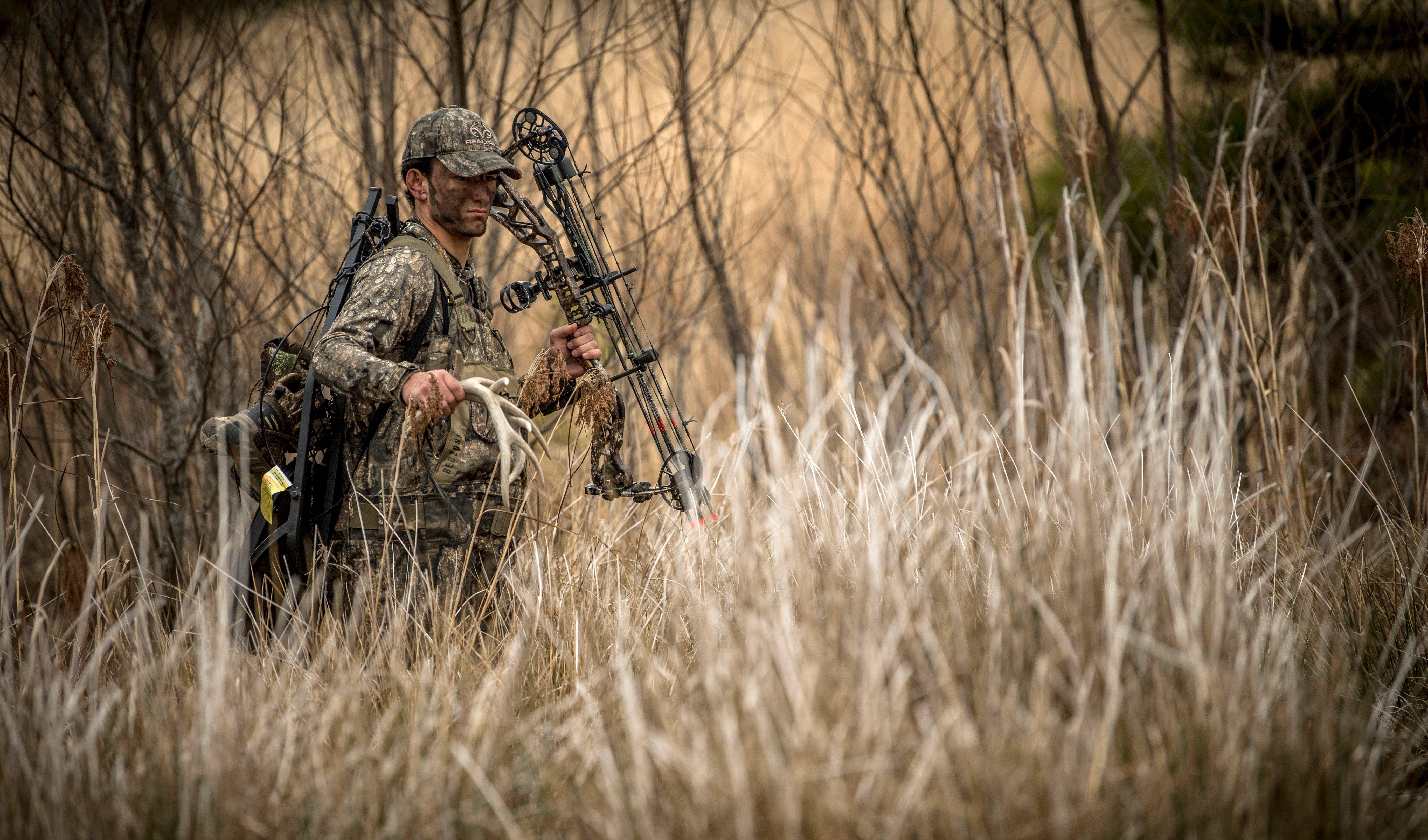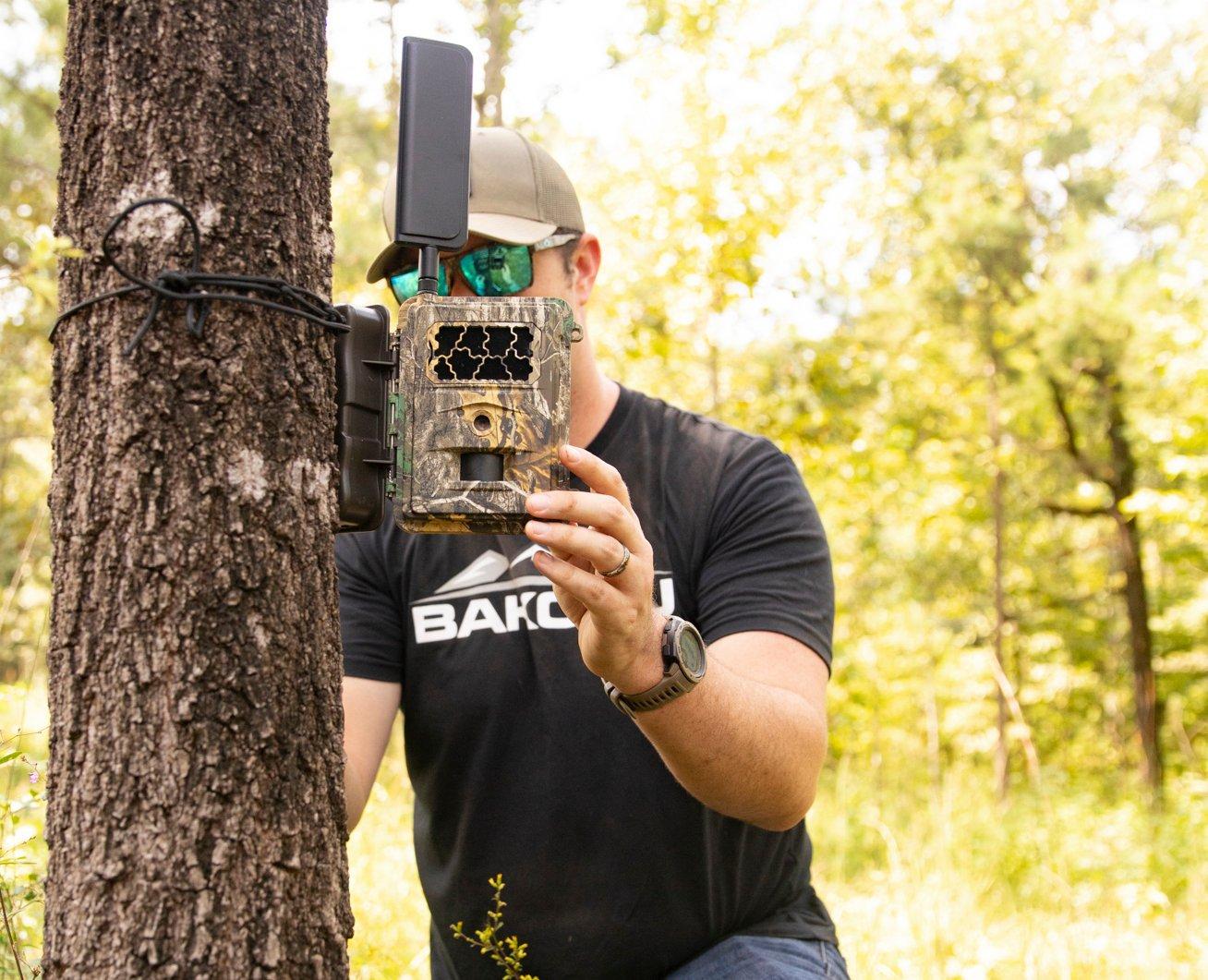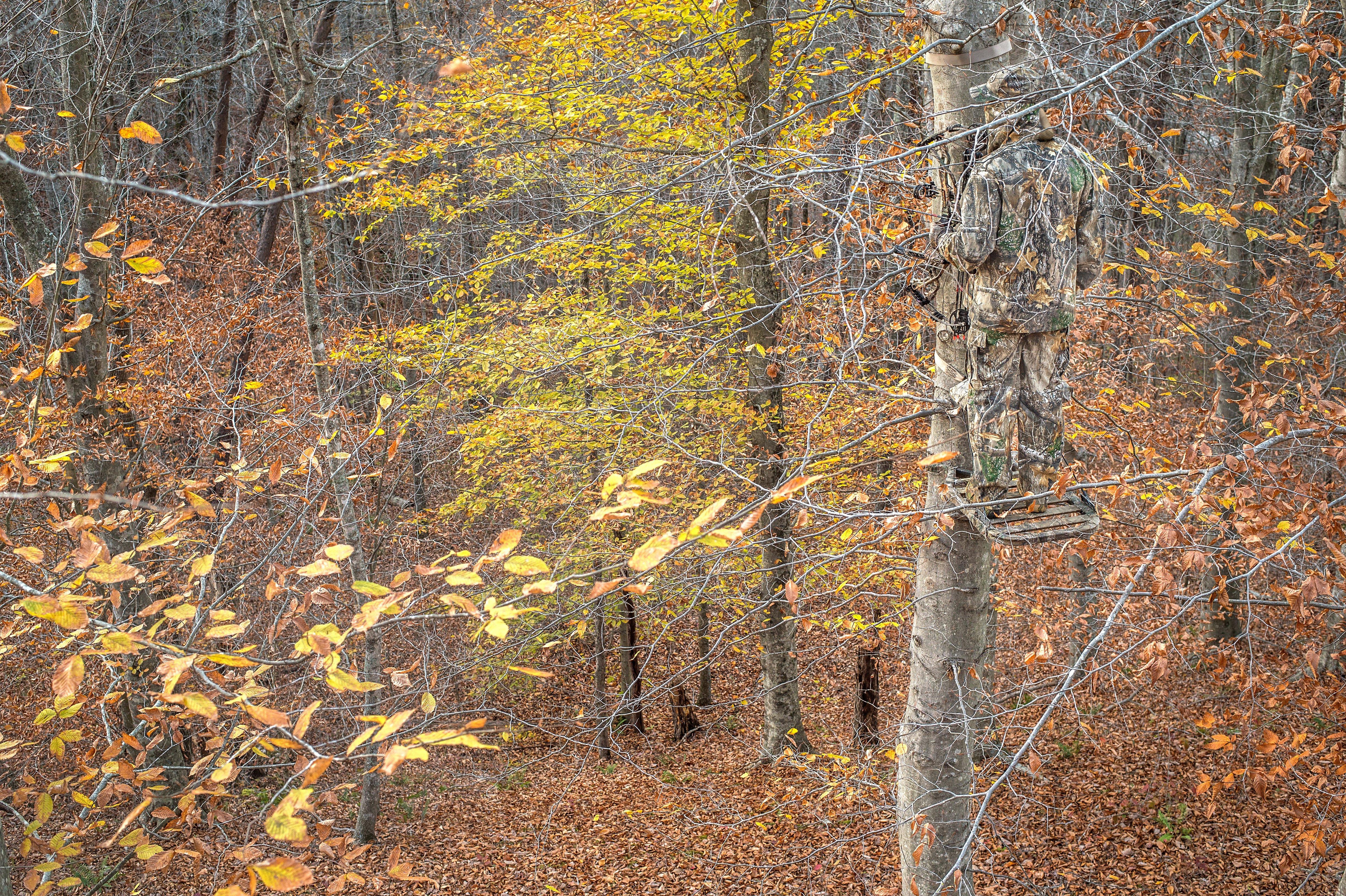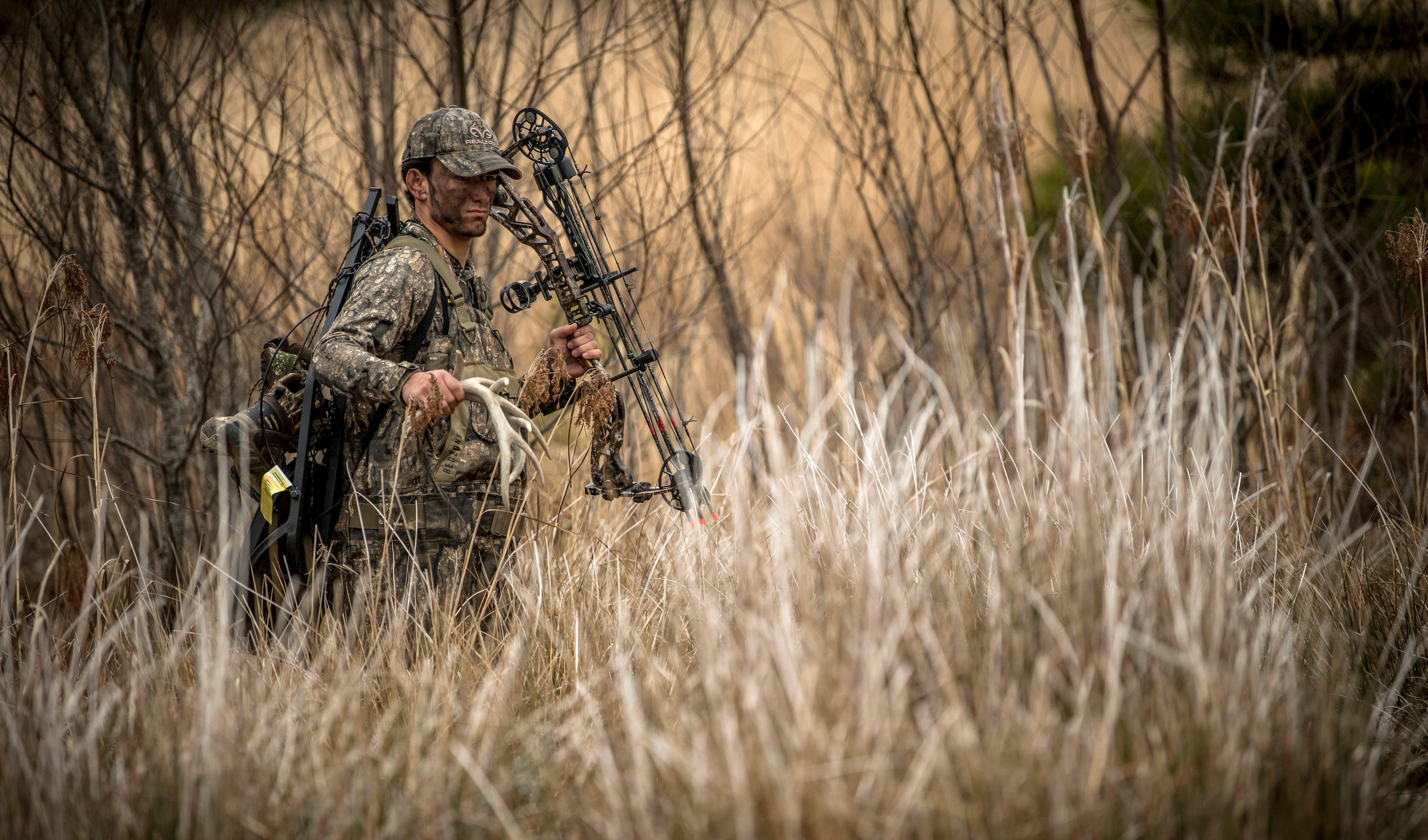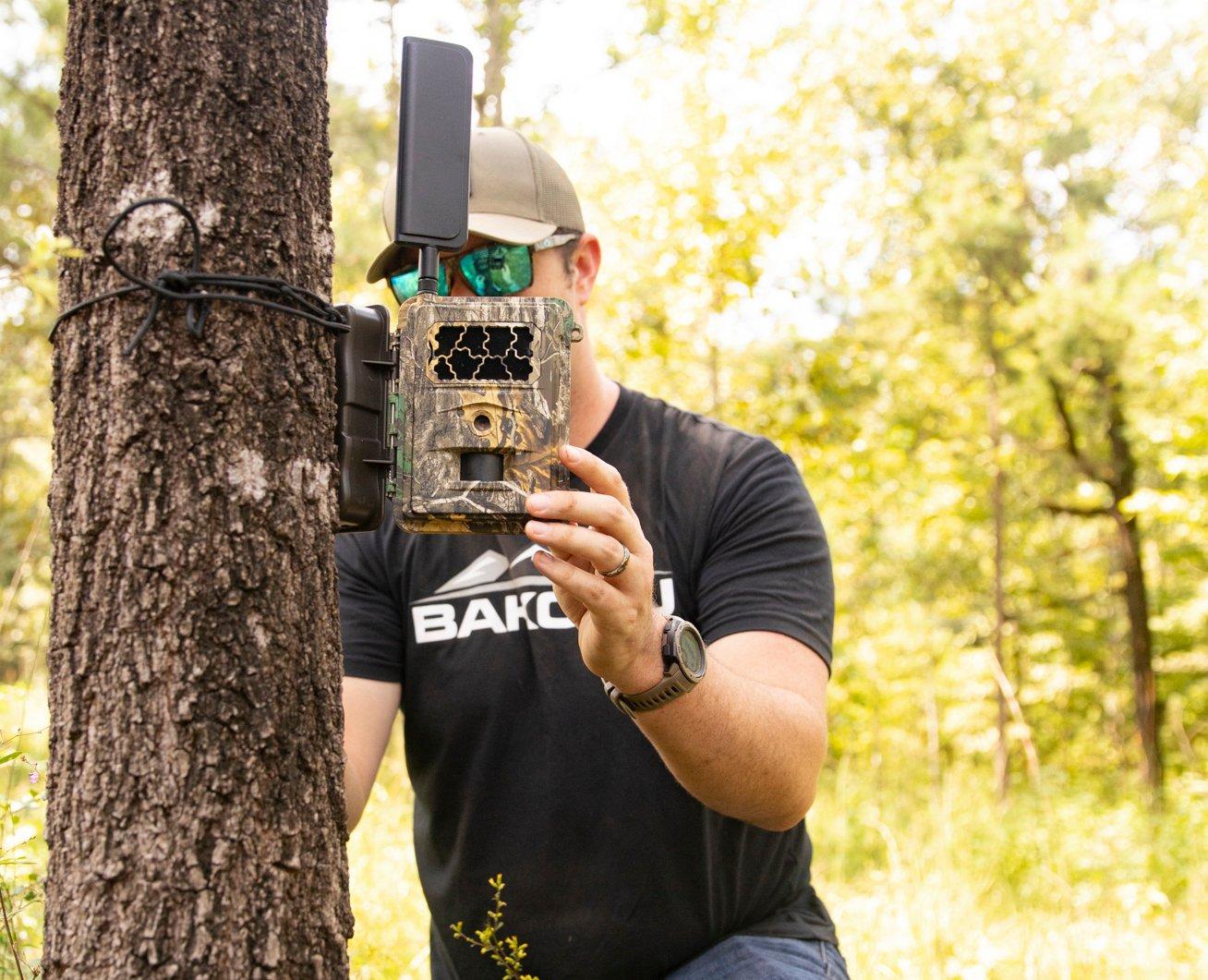Things You Need to Know About Suppressors
People are always intrigued about firearm suppressors. While obtaining one might be a bit of a headache, here are some of my tips when that day might come.
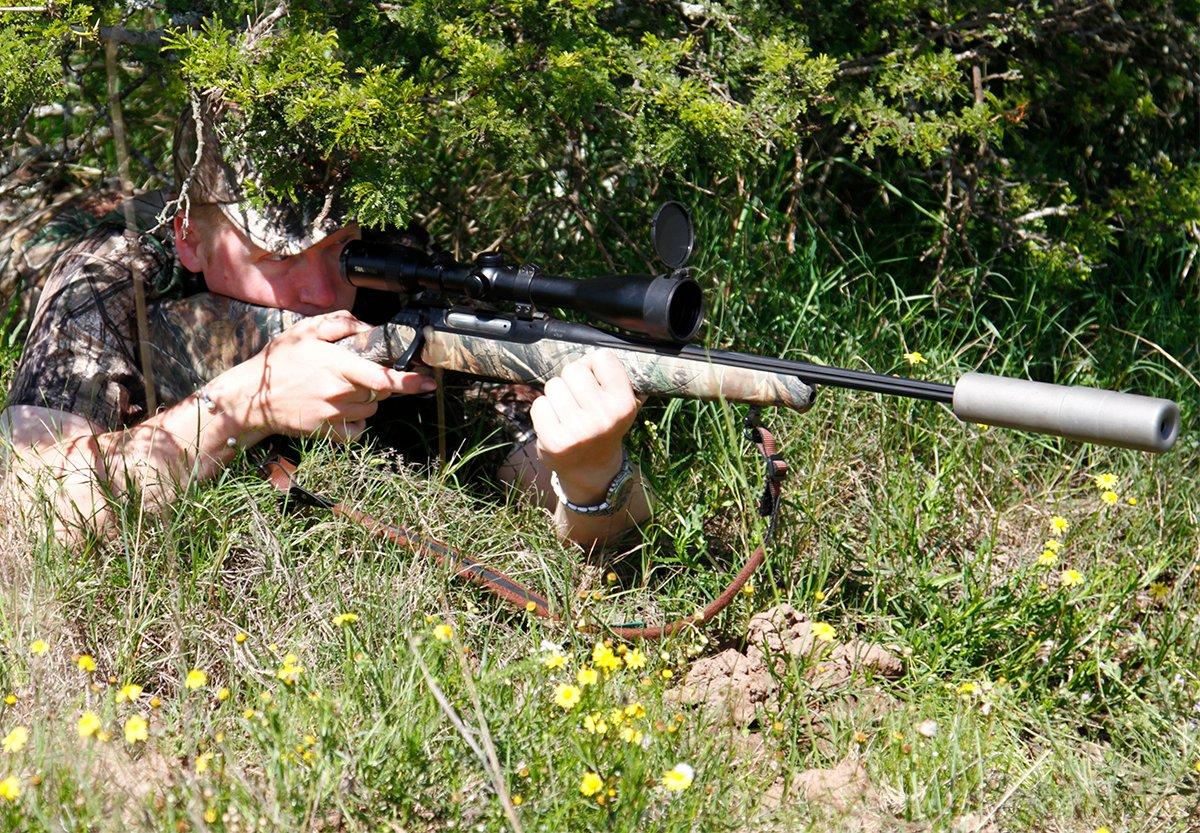
1. Keep Them Clean
There are numerous different makes and models of suppressors on the market. With that said, depending on what is being shot through the suppressor is going to dictate how often you should clean it. Typically suppressors are pretty low maintenance. But for the sake of how much these simple devices cost, it's a good idea to keep them clean.
Take for instance a designated centerfire rifle suppressor. These suppressors need very little internal maintenance. The heat and blast of the exhaust gasses from the centerfire rounds will blow a lot of the carbon out of it. It will get dirty to a point and continue to stay at that level no matter how many rounds you put through it because the heat and blast keeps the build up maintained. Some of these silencers are sealed units and cannot be taken apart.
Now that brings us to suppressors that are used on pistol cartridges or subsonic rifle rounds. These units come with the special tools to take apart the suppressor.
This allows the owner to clean and maintain the internals. These rounds do not produce the heat and blast to remove the buildup from the suppressor: this includes powder residue, lead, and bullet lube.The interesting fact is the suppressor will still work as a suppressor, and you may or may not notice the effects of a very dirty suppressor. But you won't be doing your gear any good.
2. Buy an Ultrasonic Cleaner
Sonic cleaners are the cat's meow when it comes to cleaning guns and gun components such as suppressors. With a little care and caution you can keep your suppressor's internals like new.
Ultrasonic cleaning uses high-frequency sound waves to agitate a liquid. This agitation produces a strong vibration that breaks up heavy fouling. This action also penetrates all the places that you can't get to with a standard cleaning brush.
Keep in mind that there are some parts that should never be used in the ultrasonic cleaner. A general rule of thumb is to keep any components with a finish out of the sonic bath.
To clean the range suppressors at work we would simply remove the baffles and run them through a cycle with Hornady's Lock-N-Load sonic cleaner solution. The internals would come out looking brand new.
3. Don't Overheat It
It doesn't take many shots through a suppressor to heat that puppy up to the point of burning flesh. The gasses that are being expelled into the baffles are extremely hot. You can literally fry bacon wrapped around the suppressor with a few quick magazines of 5.56.
While frying bacon sounds fun, suppressors are a lot like rifle barrels: the more you overheat them, the faster they wear out. All-out rapid fire is fun while shooting suppressed, but don't overdo it. Give the suppressor time to cool between mag changes.
4. Watch Your POI
If you intend to shoot your particular gun with and without the suppressor mounted, keep in mind that there will be different points of impact (POI) between the two. You can simply zero the gun without the silencer and take note where the gun impacts when the silencer is mounted. But if you plan on hunting with your silencer (check for states that allow), I definitely recommend zeroing the gun with the suppressor mounted.
Sometimes removing the silencer and reinstalling can also cause a slight change in zero.
I recommend keeping the silencer installed until your hunt is finished to avoid having to constantly check if your gun is still on.
5. Buy a Silencer that Works with Many Calibers
Now this little bit of advice is strictly my opinion and it's based on the fact that I'm not made of money.
While silencers are incredible pieces of equipment, they are pretty pricey for how simple they are. With that said, I am not going to go out and buy a suppressor for every one of my guns that could use one. I don't have enough money.
What I am going to do is buy a suppressor that works on a variety of my guns.
I'll break them down into two categories: rifle and handgun.
For my handgun suppressor I will buy one .45 ACP suppressor.
Why?
Because I can use it on my .45 ACP, 10mm, .40 S&W, 9mm, 380 ACP. When swapping the suppressor to different handguns, I'll simply change out the piston to match the gun's barrel threads. Buying multiple pistons is easier on the wallet than buying multiple silencers.
For my rifle suppressor I'd buy a .30 caliber. The reason is the same for the handgun. I can use it on my AR-10 (.308), AR-15 (5.56/.223) as well as my 300 Blackout.
As a general rule of thumb, as long as the guns projectile is smaller than what the suppressor is made for you can use it on that gun. But not always. Read the owner's manual or contact the manufacturer.
6. Downside
Now with everything, there is a downside to going this route.
The first thing is size and the other is cost.
The bigger-caliber suppressors are pretty large (longer/heavier) than those of smaller calibers.
The bigger caliber the suppressor is rated for usually means that it costs more. But you'll still be money ahead because you won't have to buy multiple suppressors.
So there you have it. And if I can offer one more little snippet of advice: buy from a reputable manufacturer. I've had outstanding experiences with GEMTECH and SilencerCo customer service.
If you shoot a bunch in your backyard, a silencer is worth its weight in gold.
Trust me . . . Your neighbors will thank you.
Bonus Photo Gallery: New Handguns from the 2017 Shot Show.
Go here for more Realtree Guns and Shooting, and follow us on Facebook.






